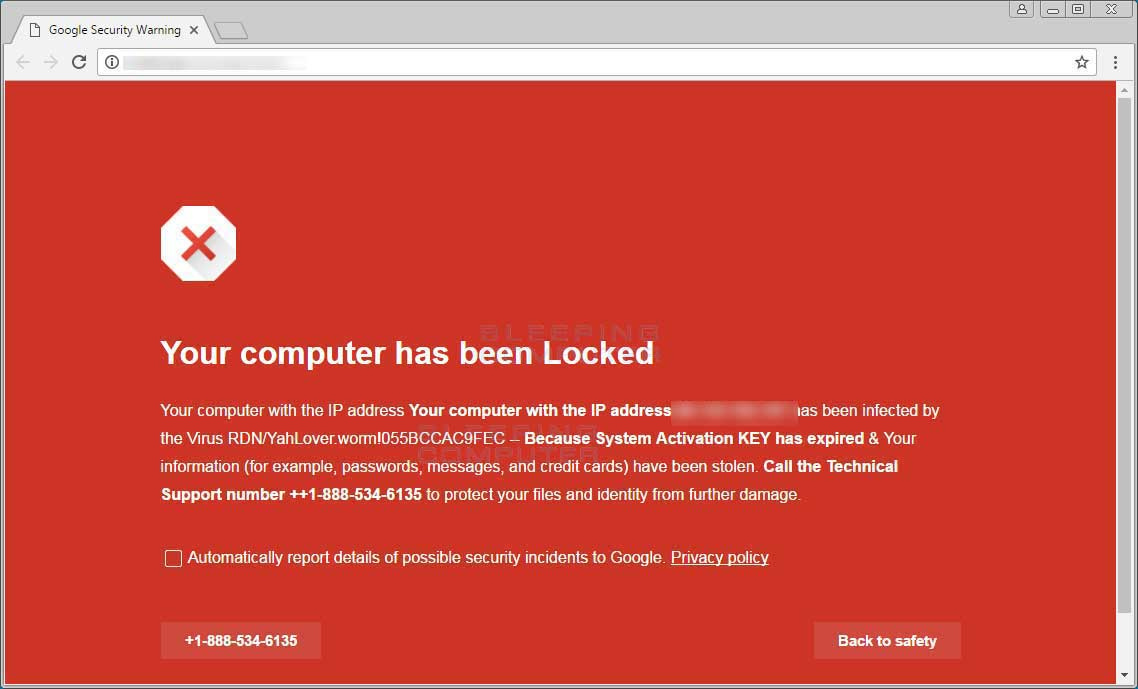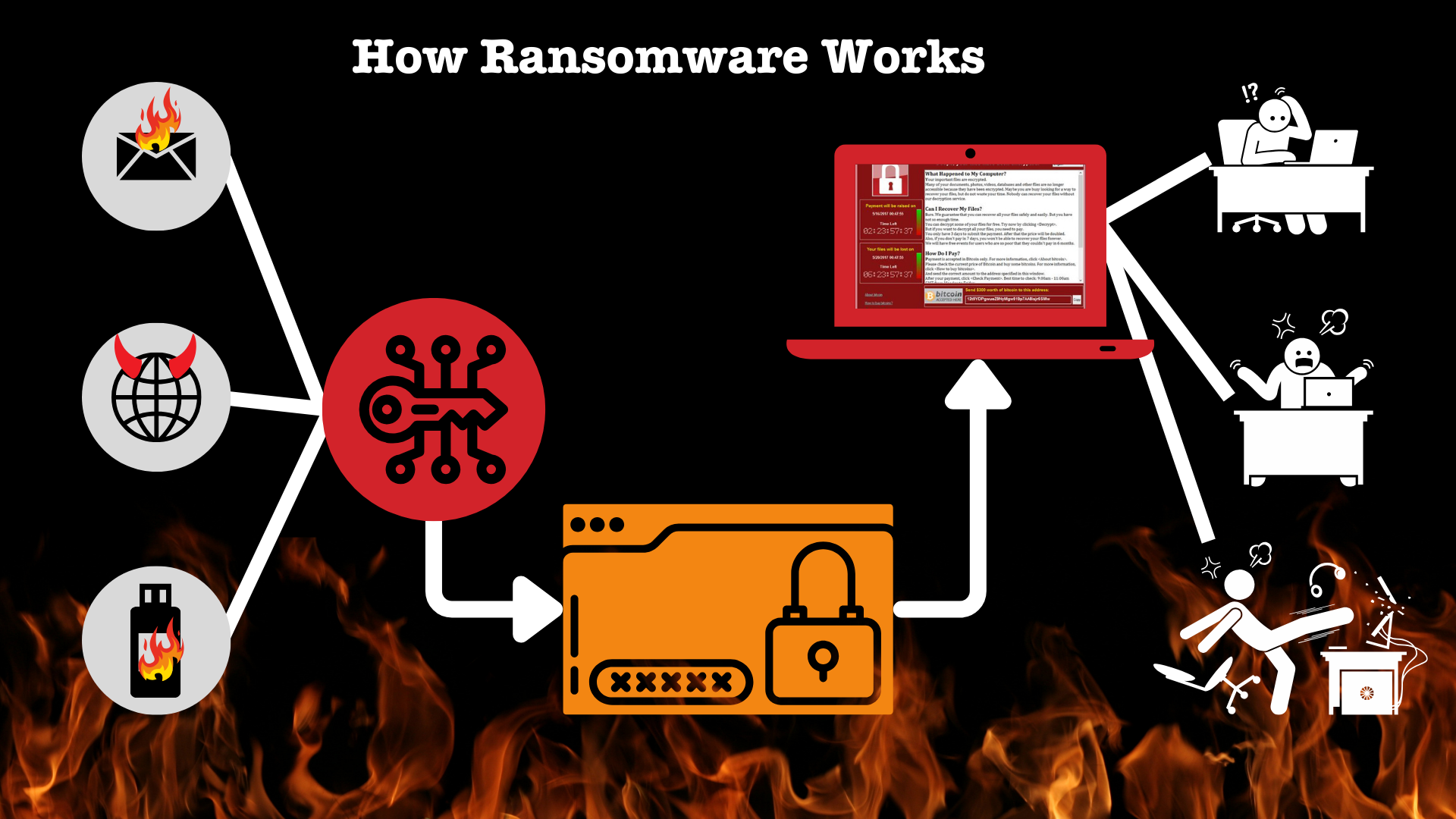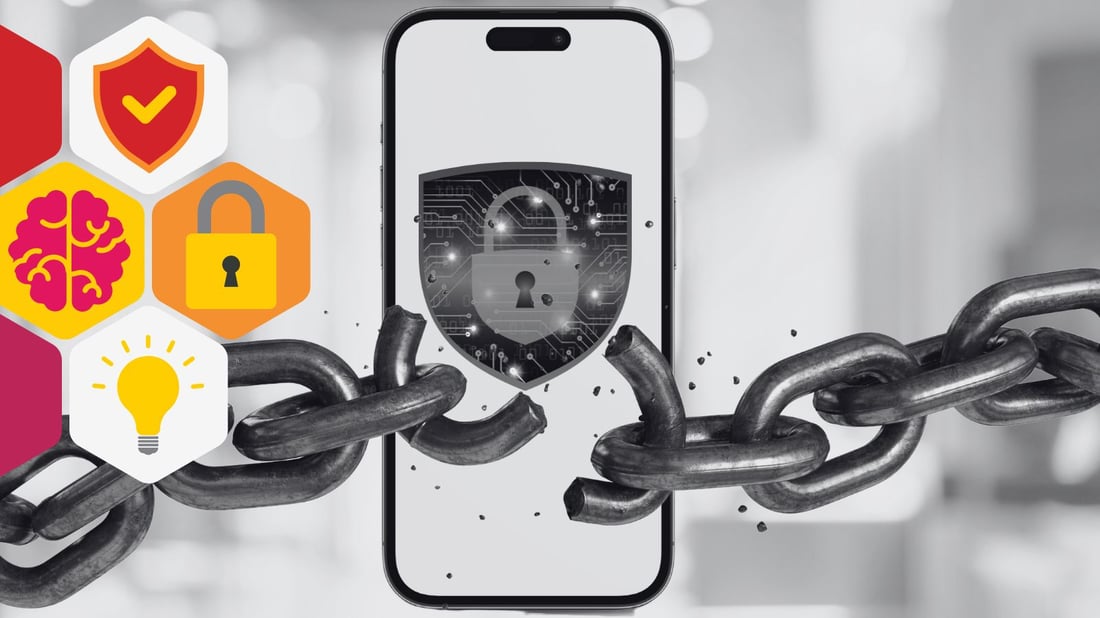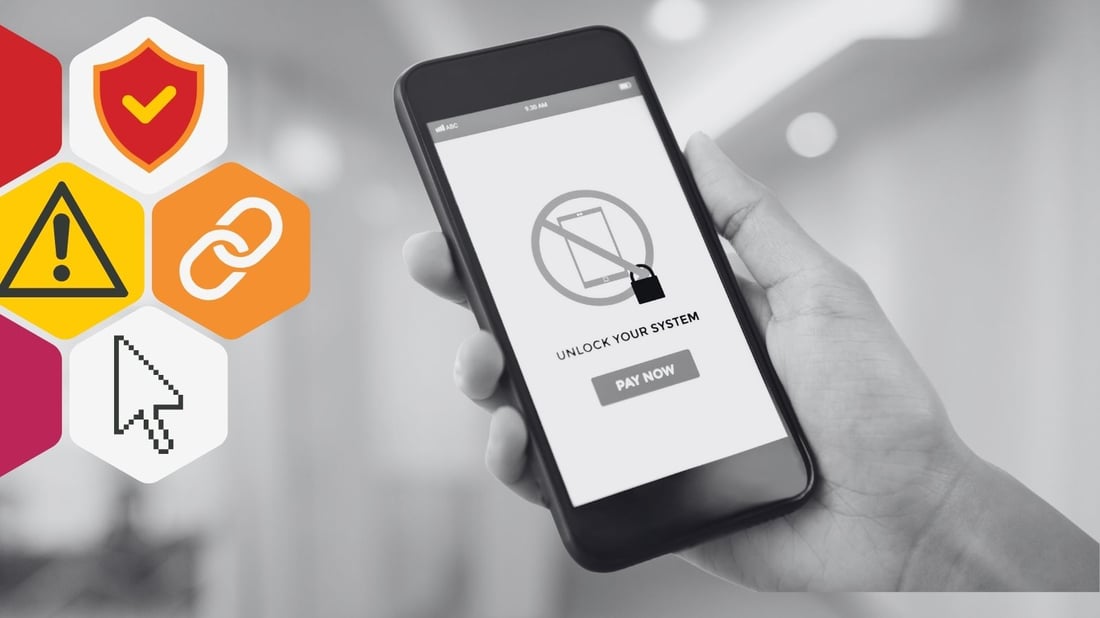Understanding the Menace of Ransomware
Ransomware isn’t just a buzzword anymore. It’s become a household name, plastered across headlines, spotlighting hefty ransoms and malicious...
In recent years, ransomware and cyber attacks have escalated in both frequency and magnitude, sending shockwaves through the business world.

The sobering statistics paint a grim picture: every 11 seconds, a business falls victim to a ransomware attack, with damages predicted to surpass $25 billion in 2023. However, while these figures underscore the critical urgency to address the security issue, there's a broader narrative that's often overlooked: the human side of cybersecurity risks.
When we identify cybersecurity not as a series of protocols or systems but as a collective endeavor, we harness the collective might of human potential to not only counter threats but to protect and thrive in the face of them.
The current ransomware trend sprung from WannaCry in 2017. The massive and highly publicized attack showed ransomware could potentially generate profits. Over time, various ransomware variants have emerged and targeted those organizations that have sensitive information and are frequently the target of attacks. The covid-19 pandemic has also boosted ransomware's popularity. As companies grew more remote and mobile, gaps appeared between cyber defenses. Cybercriminals have used malware designed for these vulnerabilities and delivered various ransomware variants, leading to an increase in ransomware attacks.
Rather than viewing people as liabilities, for example, at [Insert Company Name Here], we see them as the foundation of building a robust cybersecurity strategy. By equipping every individual with the knowledge awareness training and tools they need and nurturing a culture of vigilance and continuous learning, we can transform what others see as vulnerabilities into our greatest strengths.
Enter the key importance of a human-focused cyber security culture and approach. At Cybermaniacs, we firmly believe that a focus on understanding human behavior, tapping into psychological triggers, and fostering a culture of continuous learning can safeguard organizations from ransomware incidents at a profound, more fundamental level.
As we delve deeper into this topic, we'll explore the interplay between culture, behavior, and technology in cybersecurity, showcasing why a holistic approach to security is the best line of defense.
The landscape of ransomware is ever-evolving, making it imperative for organizations to research and stay updated on the numerous strains and their capabilities. From the notorious WannaCry that paralyzed healthcare systems globally to the more stealthy Ryuk targeting the systems of large enterprises, each variant of a ransomware infection comes with its own risks and unique mode of attack surface and operation, but all carry the potential to create and cause immense disruption.

Common attack vectors remain consistent: the phishing email, artfully disguised as legitimate communication, lures unsuspecting users into downloading malicious payloads. Unsecured remote desktop connections, once a convenience for employees doing remote work, now serve as open doors for cyber adversaries. And, of course, software vulnerabilities—gaps left unplugged—become golden opportunities for malware to seep through.
Importantly, it's a misconception that only vast corporations are at risk. Whether it's a budding technology startup or a global conglomerate, every employee, every network node, every device, and every digital data touchpoint is susceptible. The more we understand these malicious practices, the better we can develop and implement ways to mitigate them.
In the battle against ransomware, a singular approach is insufficient. It demands a symphony of collaborative security efforts, harmonizing to detect, deter, protect, and, as always, keep your team protected.

First, the basics cannot be ignored. A great example? Timely software updates. These are not just routine maintenance tasks, but vital patches that seal potential risks and security breaches. Deploying multi-layered security solutions across large organizations, from firewalls to endpoint security, creates a labyrinth that is difficult for malware to navigate. Additionally, in a world where data is invaluable, regular backups—ideally maintained in isolated environments—serve as critical data lifelines, ensuring that an organization can rebound even in the face of data encryption or other data loss.
However, the technological countermeasures, as essential as they are, represent only half the equation. At the heart of any successful response plan are the people who execute it. A response strategy is only as effective as the human element behind it and the organizational culture that supports and nurtures it.
It is crucial to create a cyber security culture, where employees are well-trained, aware, and empowered to act swiftly and confidently during a cyber emergency. Regular drills and training, open communication channels, top leadership, and an environment that encourages proactive reporting without risk or fear of reprisal can be the difference between swift containment and prolonged crises.
Fostering collective resilience is key, where each individual knows their role and trusts the system, ensuring that when faced with a threat, the organization doesn't just react but responds with purpose and unity.
At the core of success for any proactive cybersecurity measure is a focus on building an informed and vigilant workforce. A truly robust Ransomware Awareness Program doesn’t merely teach employees about the mechanics of ransomware but delves deeper into cultivating a mindset of security awareness and a culture of vigilance.
By nurturing a culture of leadership that values the importance of every individual and security team's behavior in the cybersecurity ecosystem, we ensure that every team member becomes a sentinel against threats.
When budgetary concerns arise, business leaders need to juxtapose the upfront cost of developing these programs against the staggering expenses a ransomware attack can incur. Beyond monetary damages, consider the potential loss of trust, customer goodwill, and operational downtime.
In the grand scheme, investing in people—empowering them with knowledge, training, and tools—pays unparalleled dividends.
A Ransomware Response Plan isn't just a document that gathers digital dust. It's a living, evolving testament to an organization's commitment to safeguarding its digital assets, data, and, by extension, its people. This plan encapsulates a security team culture with clear incident response processes and procedures, ensuring each individual knows their role in a crisis.
Effective communication protocols ensure a streamlined information flow, while structured recovery steps provide a path to resilience.
However, as with any plan, it's only as effective as its execution. It's firmly rooted in real-world scenarios and strengthened by building a culture of collaboration and adaptability by regularly testing and refining it with the participation and support of everyone from business leaders to employees, top executives to frontline staff.
In today's cyber-volatile world, ransomware insurance has become a consideration for many. While policies can provide a safety net against a cyber security risk, it's essential to approach them with a discerning eye. Understanding the nuances—the coverage specifics, limits, and exclusions—is paramount.
When choosing a provider, an organization should consider not just the policy's fine print but also research the insurance company's track record of responsiveness and expertise, for example, in handling ransomware claims. However, a word of caution: while insurance can mitigate financial repercussions, it shouldn't supplant an organization's proactive, human-centric approach to cybersecurity risk management. It's an addition, not a replacement.
As we traverse the digital age, the battle against serious cyber security threats like ransomware is relentless. But in this battle, our most potent weapon isn't just technology; it's our people (and our data). By empowering every individual with knowledge, fostering a culture of continuous vigilance, and championing collaboration at every turn in cyber security and risk management, we not only stand firm against ransomware's onslaught but also pave the way for a safer digital future.
Conventional wisdom in the cybersecurity arena often paints the human element of cyber risk as a so-called "weakest link". However, this perspective on cybersecurity and cyber risk is overly simplistic and, in many ways, flawed. While it's true that ransomware attacks can originate from a risky click on a malicious link or an overly simple password, it's essential to recognize that the risks of these actions stem not just from individual missteps but also from broader organizational cultures and learning environments.
Here at Cybermaniacs, we're all about creating a positive security culture at companies of all sizes. From helping to identify human-factored risks to innovative and creative ways to engage all your employees. Let us know if we can help you implement the right behaviors to keep your organization secure!

Ransomware isn’t just a buzzword anymore. It’s become a household name, plastered across headlines, spotlighting hefty ransoms and malicious...
3 min read

Riding the Cybersecurity Wave Welcome to the ever-changing world of business cybersecurity, where technological progress gives rise to a constant...
4 min read

In a world where our mobile devices are practically extensions of ourselves—holding everything from our various bank accounts and deets to those...
4 min read
Subscribe to our newsletters for the latest news and insights.
Stay updated with best practices to enhance your workforce.
Get the latest on strategic risk for Executives and Managers.
